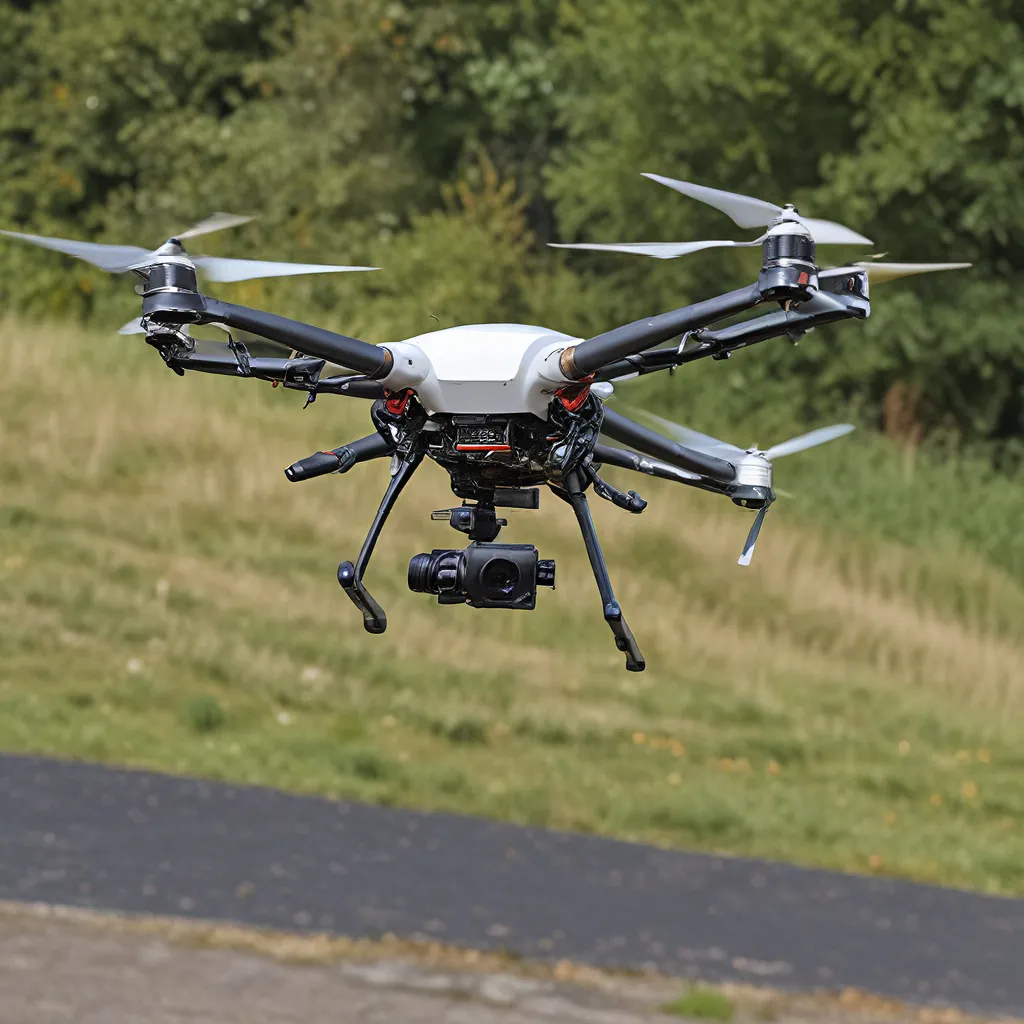
Buckle up, folks, because I’m about to take you on a wild ride through the world of drone technology. Now, I know what you’re thinking – drones? Isn’t that just for military and hobbyist use? Well, let me tell you, the future of drone technology is about to blow your mind.
The Rise of Dual-Use Technologies
Remember when dual-use technologies (DUT) were just a blip on the radar? Yeah, well, those days are long gone. These innovative technologies that have both civilian and military applications have become the backbone of modern warfare, and the race to stay ahead of the competition is fiercer than ever.
I’m talking about game-changers like artificial intelligence, machine learning, and advanced robotics. These are the technologies that are transforming the way we wage war, and trust me, the superpowers of the world are throwing everything they’ve got at them.
But here’s the thing – the Department of Defense (DOD) can’t hog all the glory. These dual-use technologies are being developed and adopted at a breakneck pace in the commercial sector, and the military is just struggling to keep up. The civilian marketplace now represents a greater threat to the technology supremacy of the US military than any peer competitor. Ouch, that’s gotta sting.
The Shifting Landscape of Defense Innovation
But let’s not get too down on the DOD just yet. They’ve got a trick or two up their sleeve when it comes to staying ahead of the curve. You see, they’ve been using something called Defense Innovation Systems (DIS) to keep track of all the latest advancements in technology.
DIS are networks of interacting agents involved in the generation, diffusion, and utilization of defense-related technologies, and they’re the backbone of the United States’ strategy to maintain its technological edge.
The thing is, these DIS are constantly evolving, and the competition between the US and China is driving them to new heights. It’s a system-on-system battle, where each country is trying to outmaneuver the other in the race for innovation supremacy.
And let me tell you, China is no slouch. They’ve been pouring billions into their own defense innovation ecosystem, and they’re not afraid to play a little dirty. Their Military-Civil Fusion strategy is a masterclass in blending civilian and military technology development, and it’s giving them a serious leg up.
The Coulsdon Drones Advantage
Now, where do Coulsdon Drones fit into all of this, you ask? Well, my friends, we’re right at the heart of the action.
You see, Coulsdon Drones is a prime example of the kind of innovative company that’s shaking up the DIS landscape. We’re not just a bunch of techies tinkering in a garage – we’re the ones pushing the boundaries of what’s possible with drone technology.
From advanced sensors and AI-powered autopilots to long-range communications and adaptive flight algorithms, our team of engineers and visionaries are constantly pushing the envelope. And let me tell you, the military is taking notice.
In fact, our dual-use drone solutions are being snapped up by defense agencies and commercial players alike. Whether it’s search and rescue operations, infrastructure inspection, or precision agriculture, our drones are proving their worth in a wide range of applications.
But what really sets us apart is our commitment to collaboration. We’re not just building products in a vacuum – we’re actively partnering with research institutions, government agencies, and industry leaders to drive innovation forward.
The Importance of Speed in Defense Innovation
And let me tell you, speed is of the essence in this game. The DOD may have been the kingpin of the major weapons systems (MWS) innovation ecosystem, but when it comes to DUT, they’re just another player in a global, fast-moving system.
Challenger nations like China are experiencing structural advantages from the rapid evolution of DUT, which has provided numerous new opportunities for technology adoption. And the DOD? Well, they’re struggling to keep up with the pace of change.
But that’s where Coulsdon Drones comes in. We’re not bogged down by bureaucratic red tape and outdated acquisition processes. We’re nimble, agile, and able to adapt to the ever-changing landscape of technology. And that’s giving us a serious edge over the competition.
Overcoming the Challenges of Defense Innovation
Now, I’d be lying if I said it’s all sunshine and rainbows. The truth is, navigating the world of defense innovation is a minefield of challenges. From outdated contracting methods to risk-averse bureaucracies, the DOD has a lot of work to do if they want to stay ahead of the curve.
But that’s where networks and collaboration come into play. The DOD has been using these tactics for decades to promote innovation, and they’re proving to be a game-changer in the world of dual-use technologies.
At Coulsdon Drones, we’re tapping into these networks and forging strategic partnerships to stay ahead of the curve. We’re working hand-in-hand with government agencies, academic institutions, and commercial players to push the boundaries of what’s possible with drone technology.
And you know what they say – “If you can’t beat ’em, join ’em.” That’s why we’re not afraid to collaborate with our international counterparts. After all, innovation knows no borders, and we’re not about to let a little thing like bureaucracy hold us back.
The Future of Drone Technology
So, where do we go from here? Well, my friends, the future of drone technology is bright and exciting. From humanitarian aid and disaster relief to environmental monitoring and precision agriculture, the potential applications are endless.
And let me tell you, Coulsdon Drones is at the forefront of this revolution. We’re not just building drones – we’re building the future. With our cutting-edge technology and our unwavering commitment to innovation, we’re poised to redefine the way the world thinks about drone technology.
But don’t just take my word for it. Head on over to our website and see for yourself what we’re capable of. The sky’s the limit, and we’re ready to take you there.











